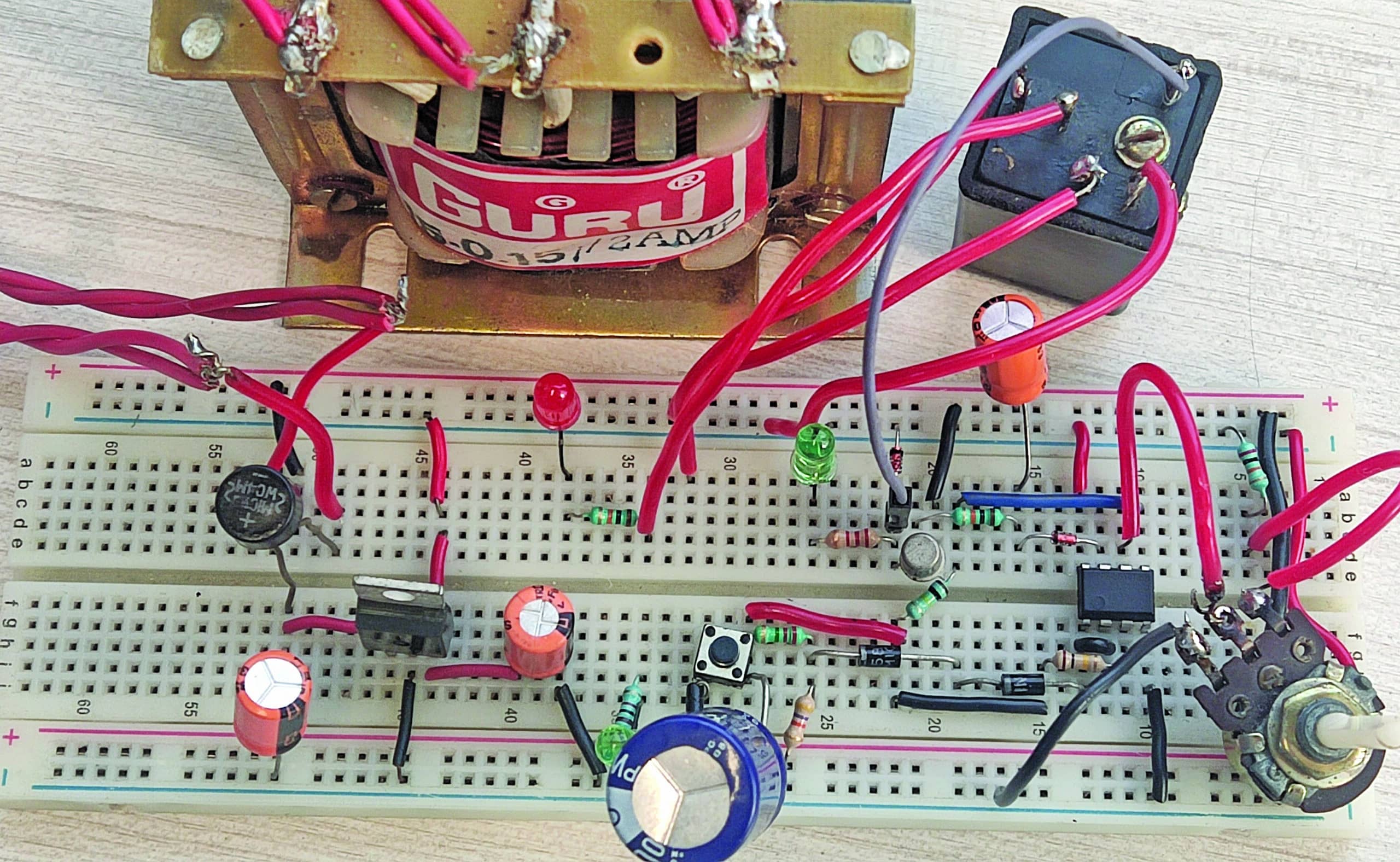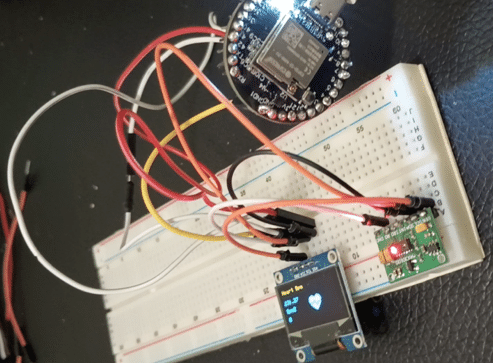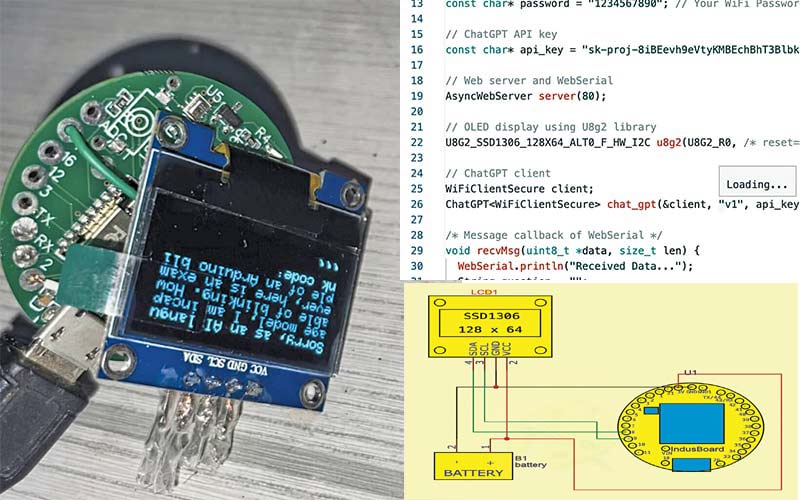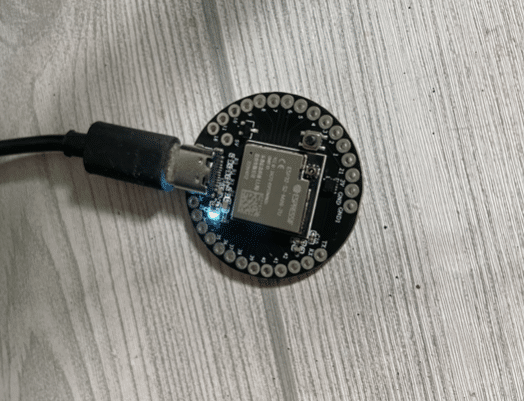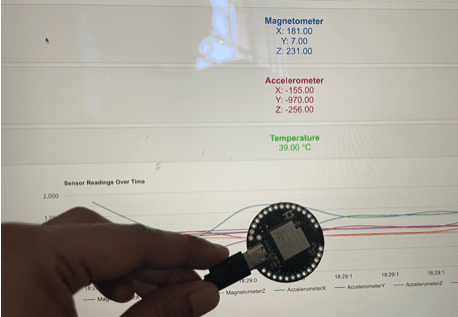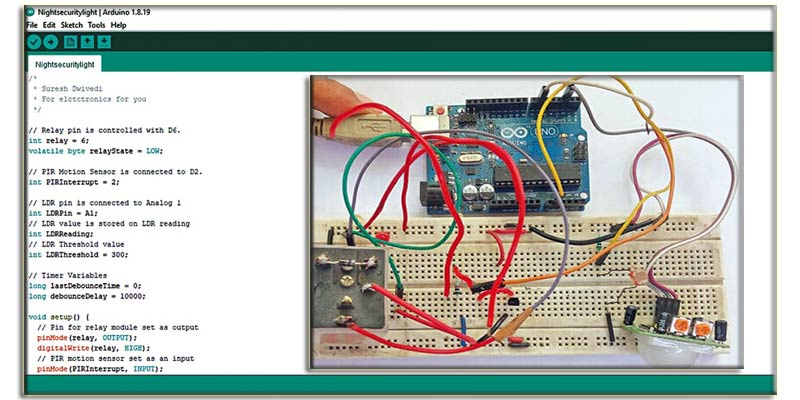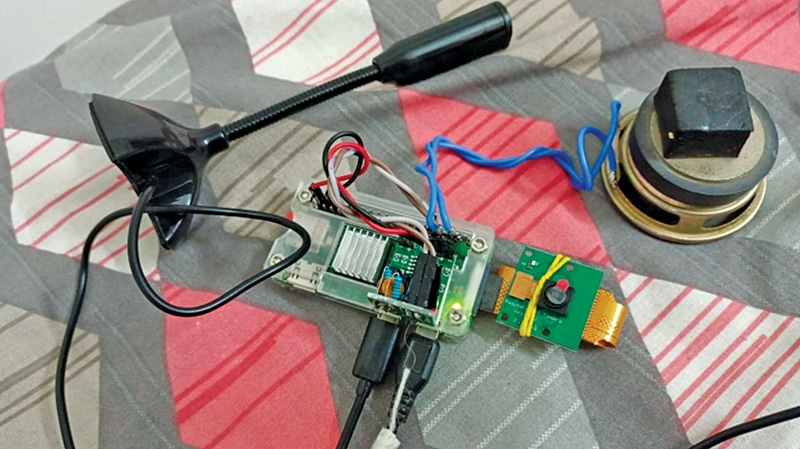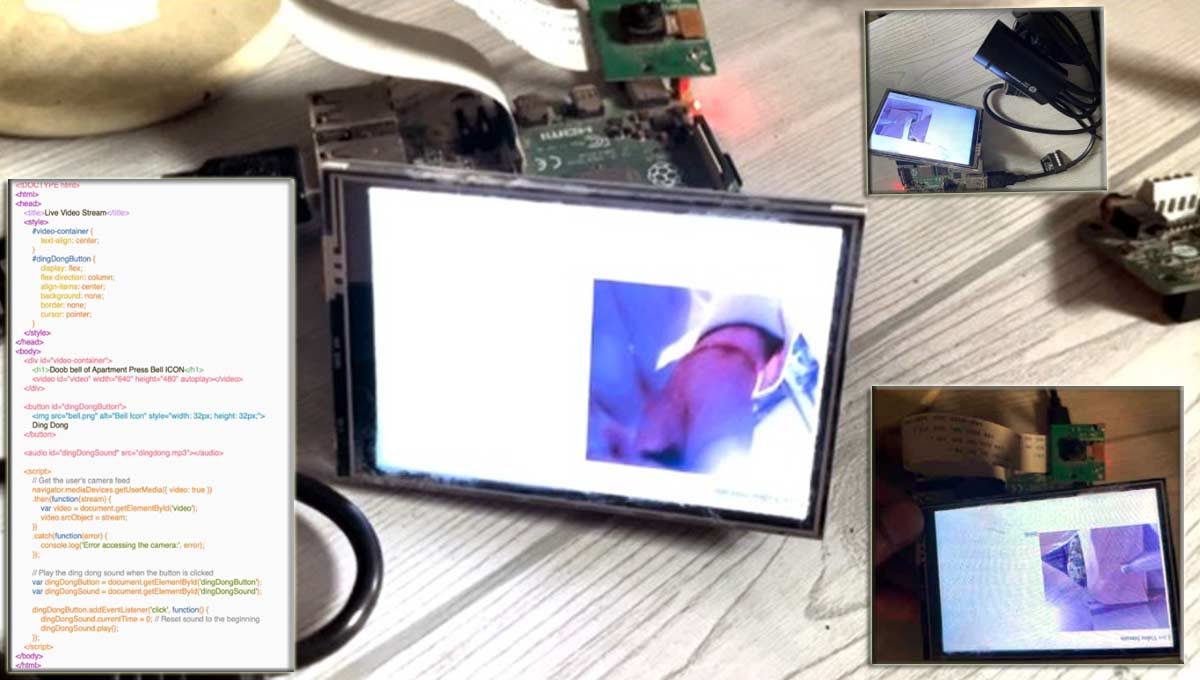The design focuses on producing a high-quality power output characterised by a pure sine wave with less than 3% Total Harmonic Distortion (THD), ensuring reduced audible and electrical noise.

The Microchip Digital Pure Sine Wave Uninterruptible Power Supply (UPS) Reference Design showcases the convergence of advanced digital control techniques and efficient power management systems. Developed using the dsPIC33F “GS” series of Digital Signal Controllers (DSCs) from Microchip, this reference design showcases numerous advantages in UPS technology, emphasizing flexibility, efficiency, and innovation.
At the heart of this reference design is the full digital control capability of the dsPIC33F “GS” DSCs, enabling seamless management of power conversion and system operations. This digital approach paves the way for significant advancements in power supply engineering and management. The design not only supports digital control but also integrates advanced switching techniques such as LLC (Inductor-Inductor-Capacitor) converters. These converters, known for their efficiency and ability to reduce switching losses, make this reference design ideal for high-performance applications.
It can operate in two distinct modes: Standby Mode and UPS Mode. In Standby Mode, the device operates with AC line voltage present, maintaining the battery in a charged state. Conversely, during a power outage, the UPS Mode activates, and the system transitions to an inverter function that supplies continuous power by converting stored battery charge to AC output. The design focuses on producing a high-quality power output, which is crucial for protecting and longevity sensitive electronic equipment connected to the UPS. The system also features a rapid transfer time from mains to battery power of less than 12 milliseconds, minimising downtime and protecting against data loss during power interruptions.
Enhanced System Monitoring Features
Additional features enhancing the user interface and system monitoring include USB communication for easy PC connectivity, an LCD front panel for direct interaction, and adjustable charging currents to accommodate different power needs. Fault indications are also provided to alert users to any operational anomalies. From a technical specification perspective, the design accommodates a broad input range AC of 99 – 121V at 60 Hz for the 110V version and 210 – 242V at 50 Hz for the 220V version. Depending on the version, the output voltage is meticulously controlled to remain stable at 110V at 60 Hz or 220V at 50 Hz. The UPS supports a lead acid battery configuration and delivers a steady-state output power of 1000 VA with the ability to handle up to 1350 VA peak power during surges. It offers an efficient, adaptable, and reliable power management solution suitable for various industrial and personal applications.
Microchip has tested this reference design with a Bill of Material (BOM), schematics, and other data. The company’s website has additional data about the reference design. To read more about this reference design, click here.















